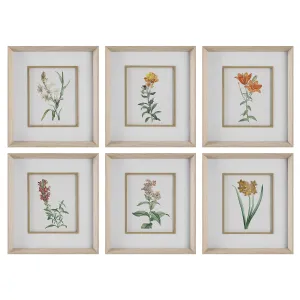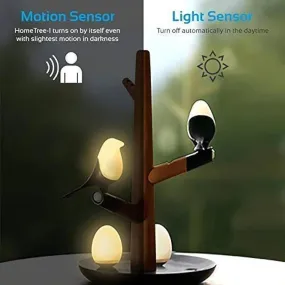Original Items: Only One Lot Of 4 Available. Original Items: Only One Lot Available. Trench art is any decorative item made by soldiers, prisoners of war, or civilians where the manufacture is directly linked to armed conflict or its consequences. It offers an insight not only to their feelings and emotions about the war, but also their surroundings and the materials they had available to them.
Not limited to the World Wars, the history of trench art spans conflicts from the Napoleonic Wars to the present day. Although the practice flourished during World War I, the term 'trench art' is also used to describe souvenirs manufactured by service personnel during World War II. Some items manufactured by soldiers, prisoners of war or civilians during earlier conflicts have been retrospectively described as trench art.
The Items Included set are as follows:
American Trench Art Lighter: This is charming, an original WW1 piece of "Trench Art" constructed using two large buttons to form the reservoir of a Trench lighter. We have been unable to identify the era and branch of the buttons, but they are the typical Federal Eagle and Federal Shield. It needs only a fresh flint, wick and lighter fluid to be fully operational. The hours of down time between actions left the soldiers with loads of time on their hands and Trench Art was the result. Now very collectible it is often still as useful as originally intended. Measures 1.5” X 2”. Very practical, original and most appealing.
American WWII Medic Matchbox Holder: This is a beautifully constructed matchbox holder either made by or for a US Army medic or general medical personnel. The box measures 2 ½” x 1 ½” and features a caduceus on one side and 3 bullets “fanned” out on the opposite side. Inside is an original wooden matchbox which still has some matches left inside!
American 40mm Bofors Mk2 Ashtray: This is a lovely ashtray made from a 1944 dated 40mm Bofors MkII INERT shell. The 4 cigarette “rester” or “holders” were cut into the shape of spades.
Australian Matchbox Holder for Ashtray: This is a lovely matchbox holder centerpiece for an ashtray. The coins featured on both sides of the holder are 1942 and 1943 Australian Florins with the Australia side showing, not the monarch. The holder measures 2” x 1 ½” and still has the open hole on the bottom, ready to be paired up with an ashtray for display.
These 4 items are all ready to be displayed in your Trench Art collections!
There are four broad categories of trench art:
-Items Made By Soldiers:
There is much evidence to prove that some trench art was made in the trenches, by soldiers, during war. In With a Machine Gun to Cambrai, George Coppard tells of pressing his uniform buttons into the clay floor of his trench, then pouring molten lead from shrapnel into the impressions to cast replicas of the regimental crest. Chalk carvings were also popular, with contemporary postcards showing carvings in the rocky outcrops of dug-outs. Many smaller items such as rings and knives were made by soldiers either in front line or support trenches, especially in quieter parts of the line. Wounded soldiers were encouraged to work at crafts as part of their recuperation, with embroidery and simple forms of woodwork being common.
Again from With a Machine Gun to Cambrai, George Coppard recalls that, while recuperating from wounds at a private house in Birkenhead, "one kind old lady brought a supply of coloured silks and canvas and instructed us in the art of embroidery. A sampler which I produced under her guidance so pleased her that she had it framed for me." An example of therapeutic embroidery during World War I is the work of British military in Egypt, who were photographed sewing and embroidering for Syrian refugees. There was also the Bradford Khaki Handicrafts Club, which was funded in Bradford, UK, in 1918, to provide occupational therapy and employment for men returning from the trenches in France.
-Items Made By POWs and Internees:
The second category consists of items made by prisoners of war and interned civilians. POWs had good reasons to make decorative objects: free time and limited resources. Much POW work was therefore done with the express intention of trading the finished article for food, money or other privileges. Reference to POW work is made in the recollections of A B Baker, W.A.A.C., contained in the book Everyman at War, published by Purdom in 1930: "Part of my work had to do with prisoners quartered in a camp near to our own. Those Germans were friendly men. They were clever with their hands, and would give me little carvings which they had made."
-Items Made By Civilians:
The third category is items made by civilians, which mainly means civilians in and around the conflict zone, but would also include items made by sweethearts at home.
In 1914, the US set up the Commission for Relief in Belgium, headed by Herbert Hoover. It shipped staple foodstuffs, mainly flour, in the printed cotton flour sacks typical of the period. As thanks, the Belgians would embroider and paint in the designs, elaborating them with dates and flags and send them back to the US. Examples of these are now in the Herbert Hoover Museum, but some were sold to soldiers in Paris or given as gifts.
Civilians in France, in the zones occupied by troops, were quick to exploit a new market. Embroidered postcards were produced in what quickly became a cottage industry, with civilians buying the surrounds and embroidering a panel of gauze. These postcards depicted regimental crests or patriotic flags and national symbols in abundance, and millions were produced over the course of the war. At war's end, when civilians began to reclaim their shattered communities, a new market appeared in the form of pilgrims and tourists. Over the ensuing twenty years mountains of discarded debris, shell casings, and castoff equipment were slowly recycled, with mass-produced town crest motifs being stuck onto bullets, shell casings, fuse caps, and other paraphernalia to be sold to tourists.
-Commercial Items:
The fourth category is purely commercial production. After the war, tonnes of surplus materials were sold by the government and converted to souvenirs of the conflict.
Ship breaking, particularly if the ship had been involved in significant events such as the Battle of Jutland, resulted in much of the wood from the ship being turned into miniature barrels, letter racks, and boxes, with small brass plaques attached announcing, for example, "Made of teak from HMS "Shipsname", which fought at the Battle of Jutland".




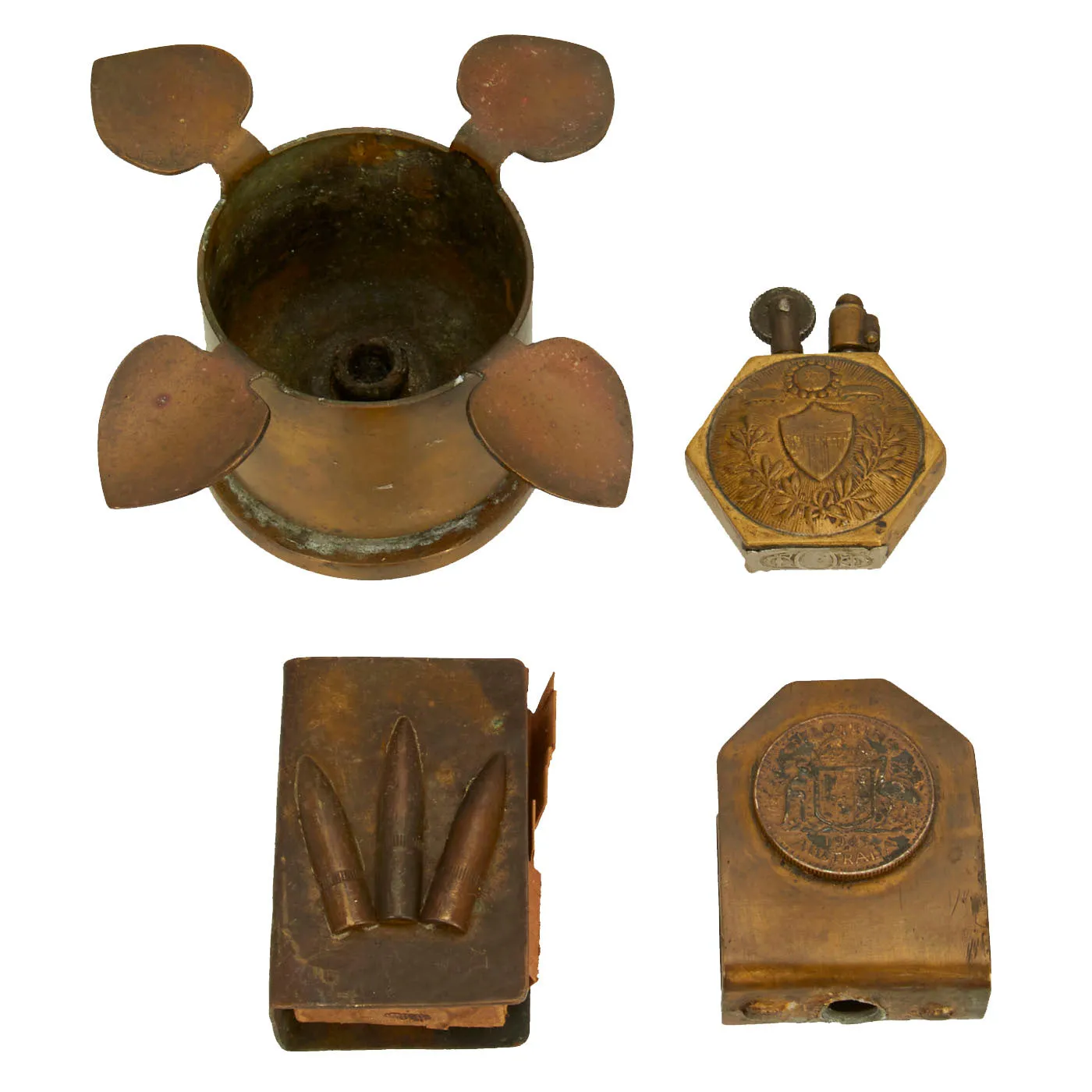
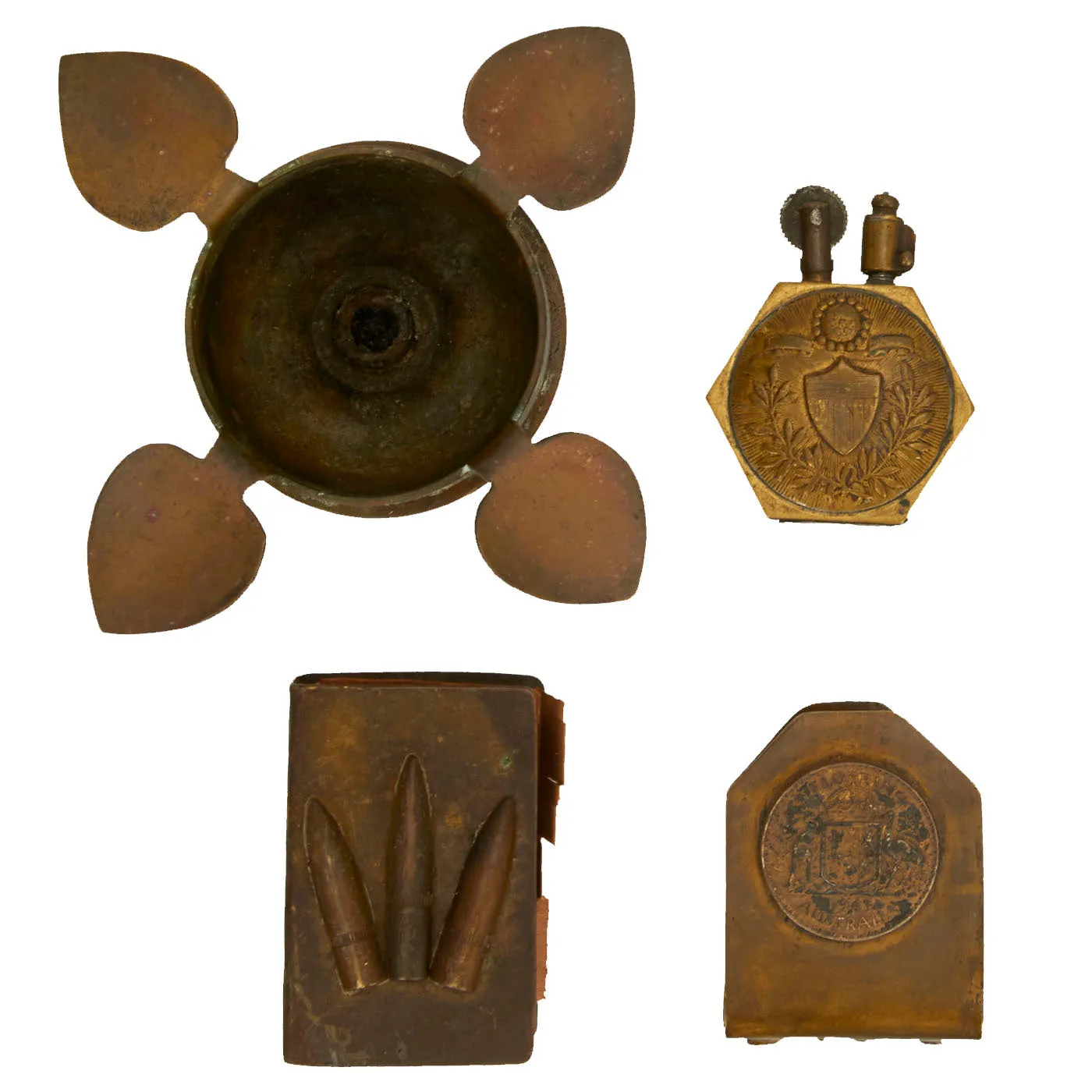
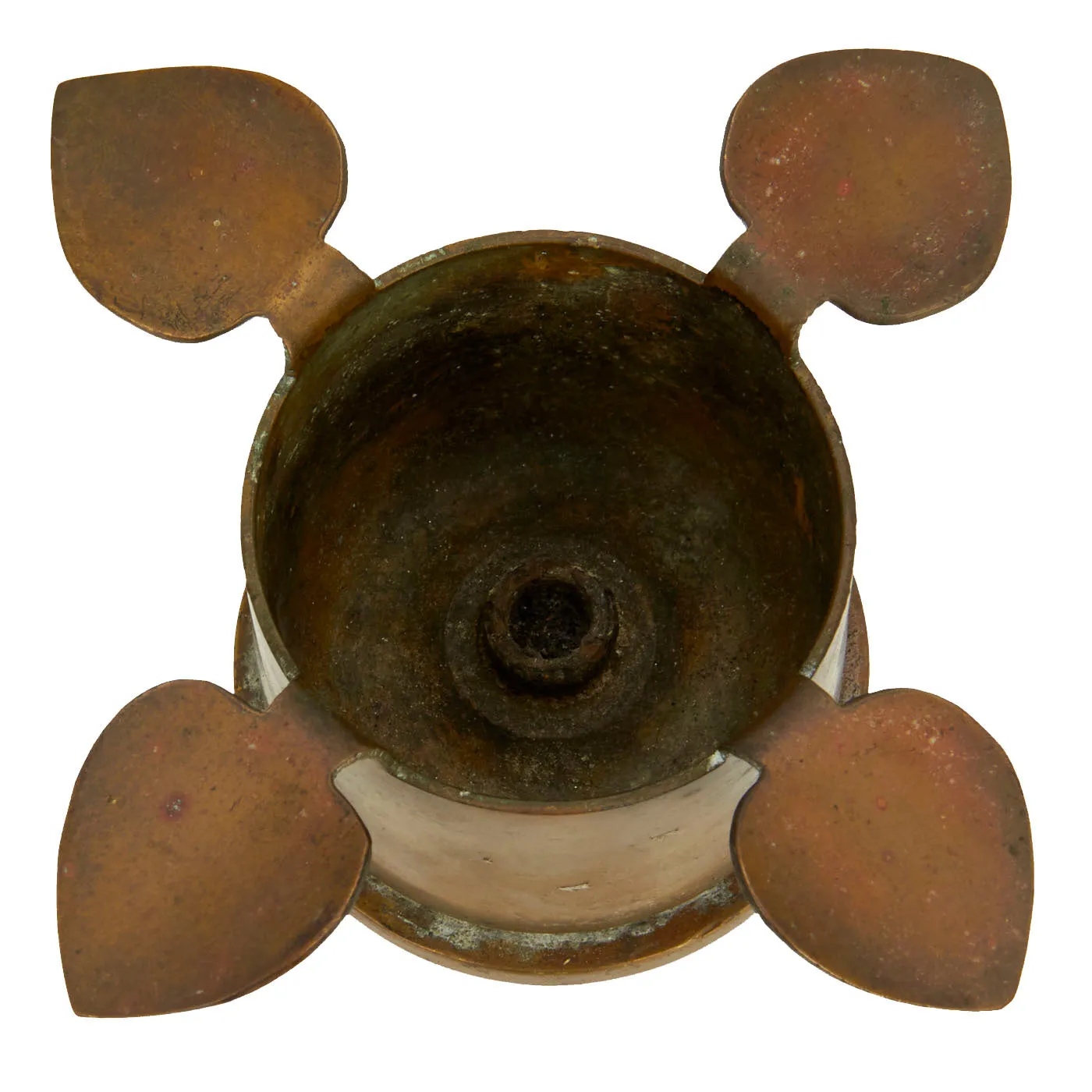
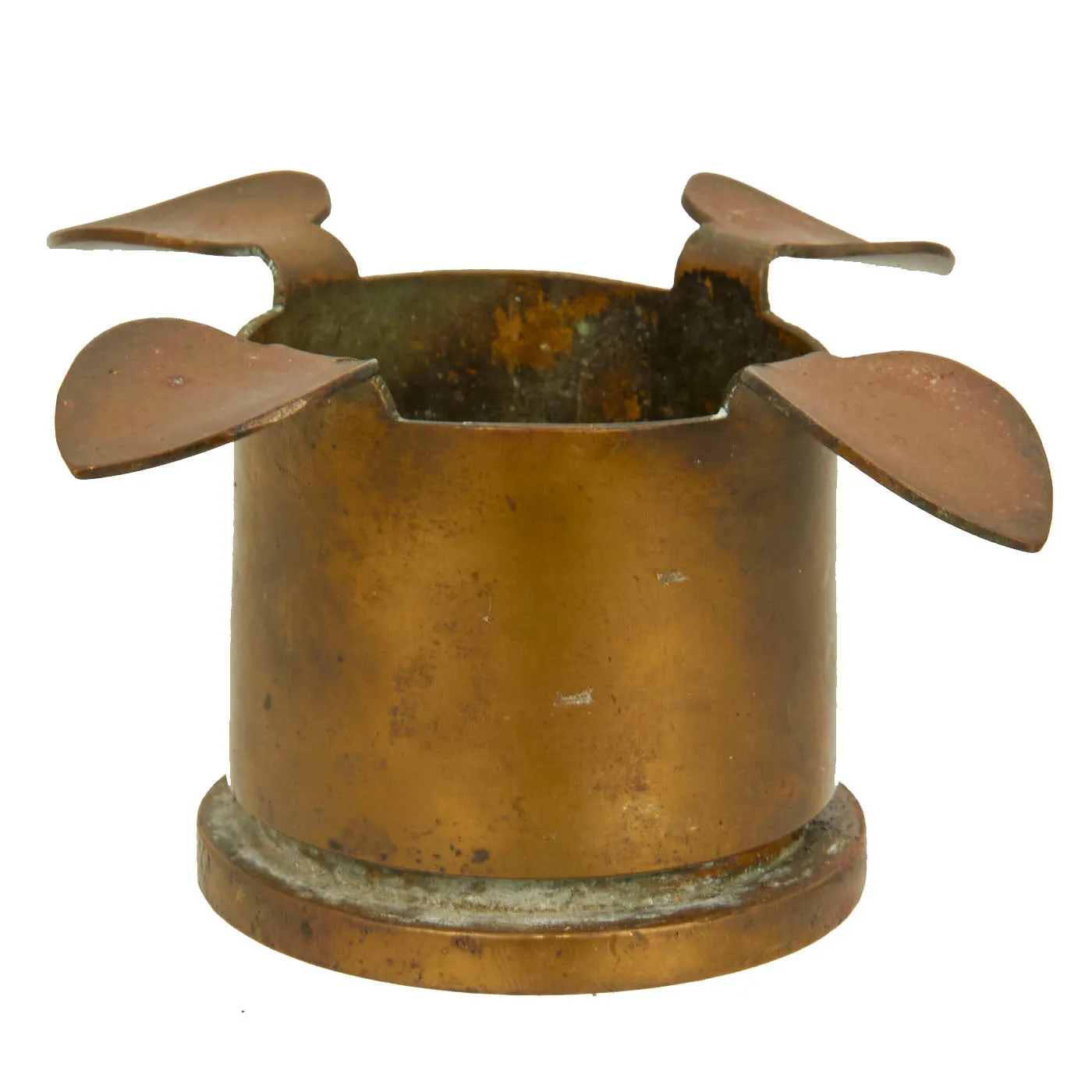
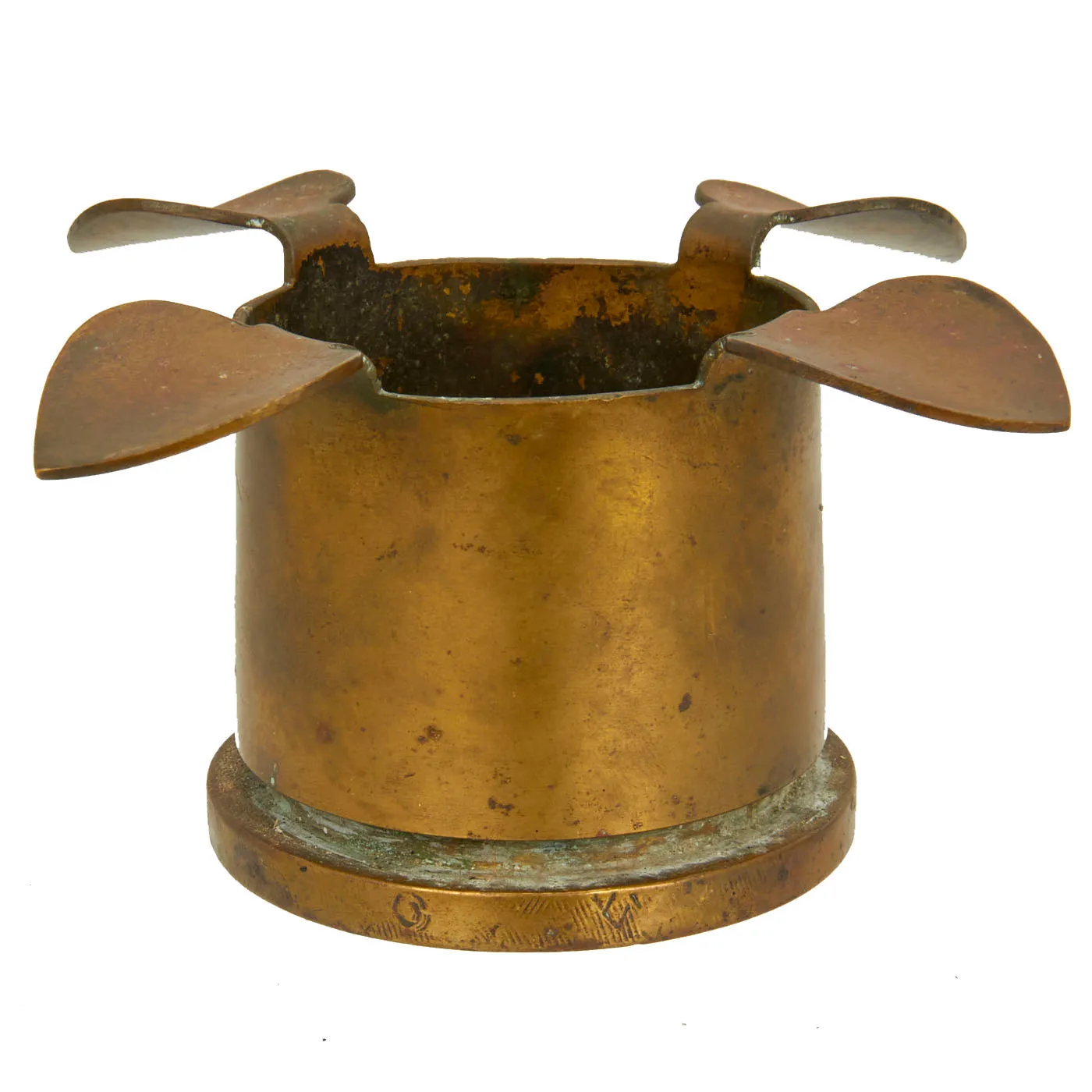
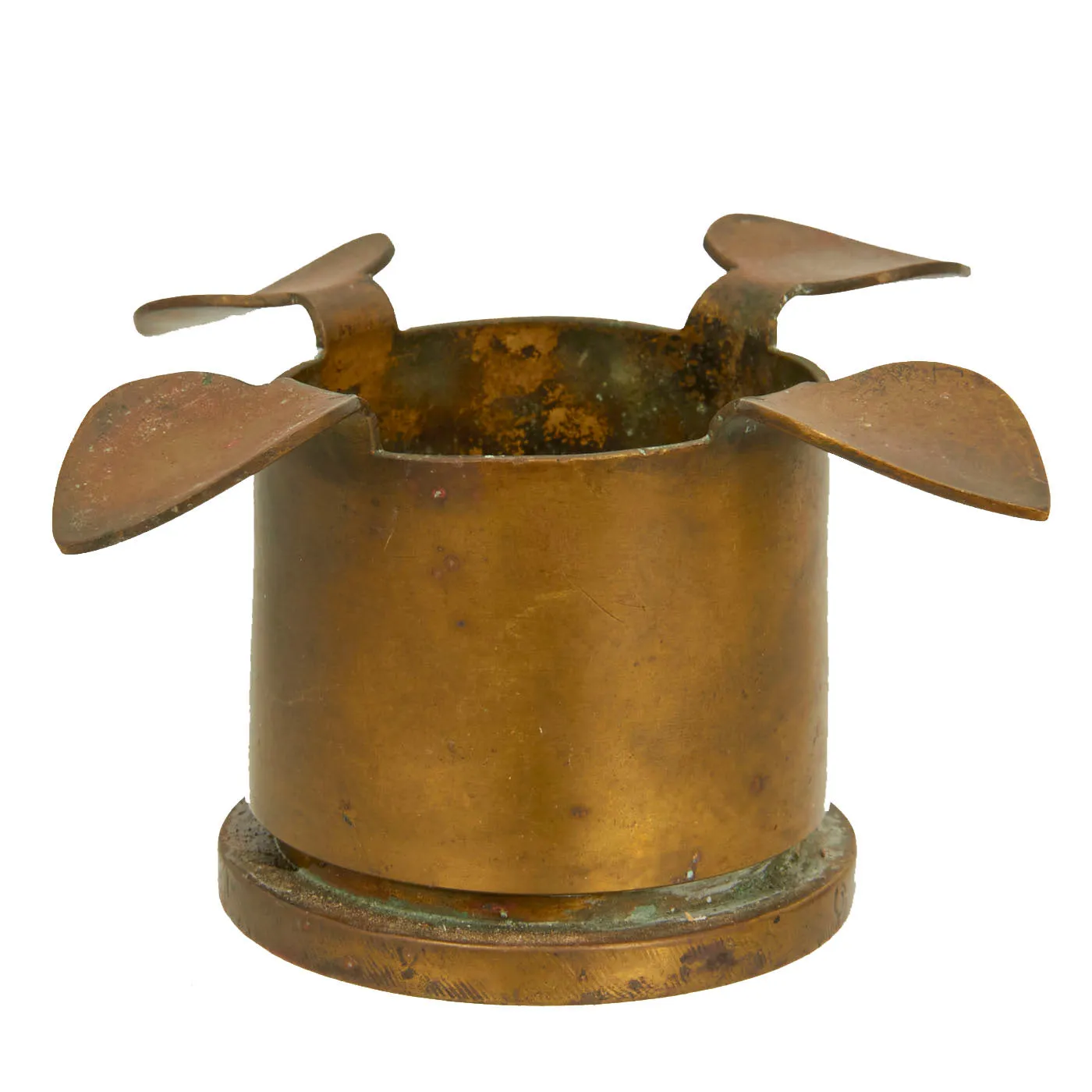
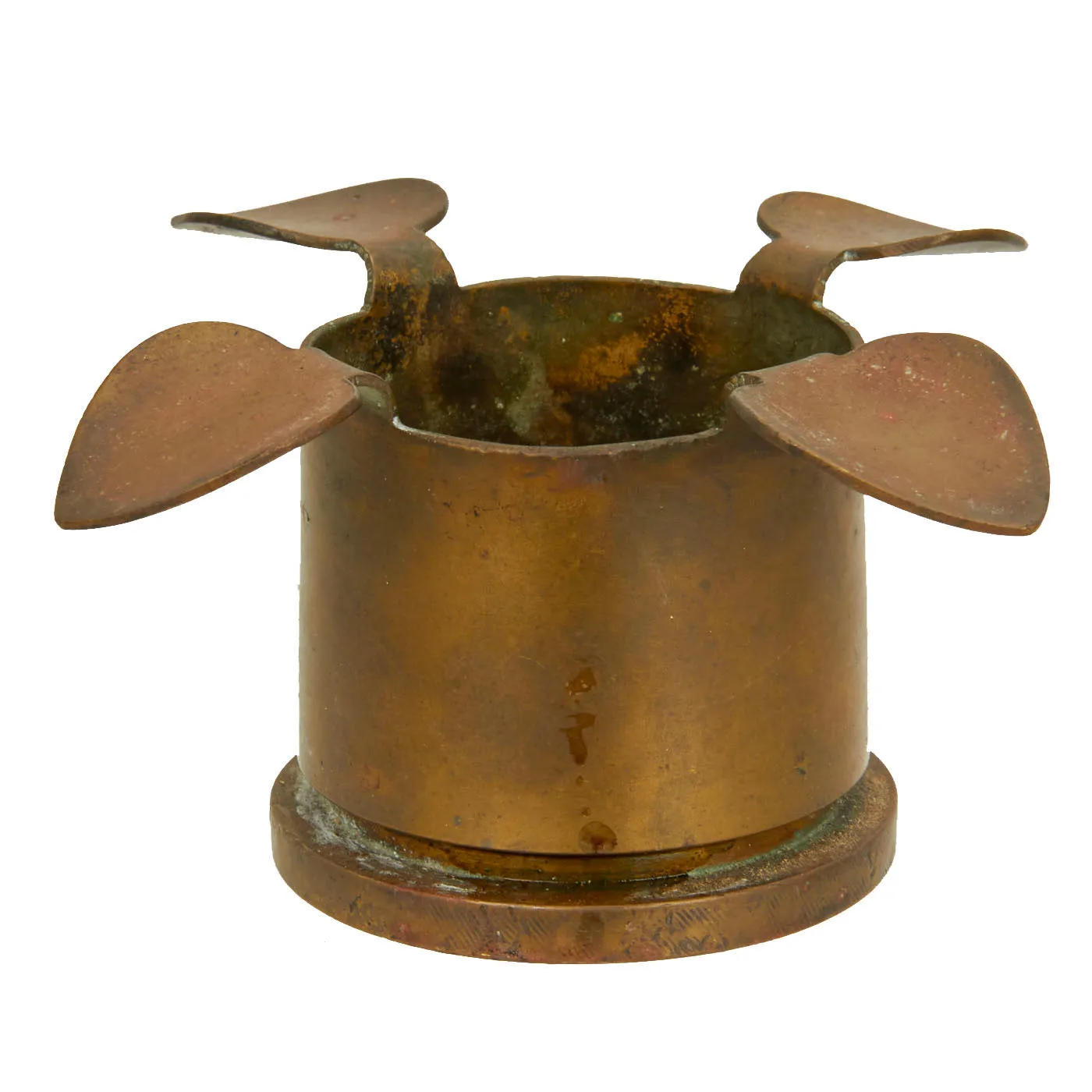
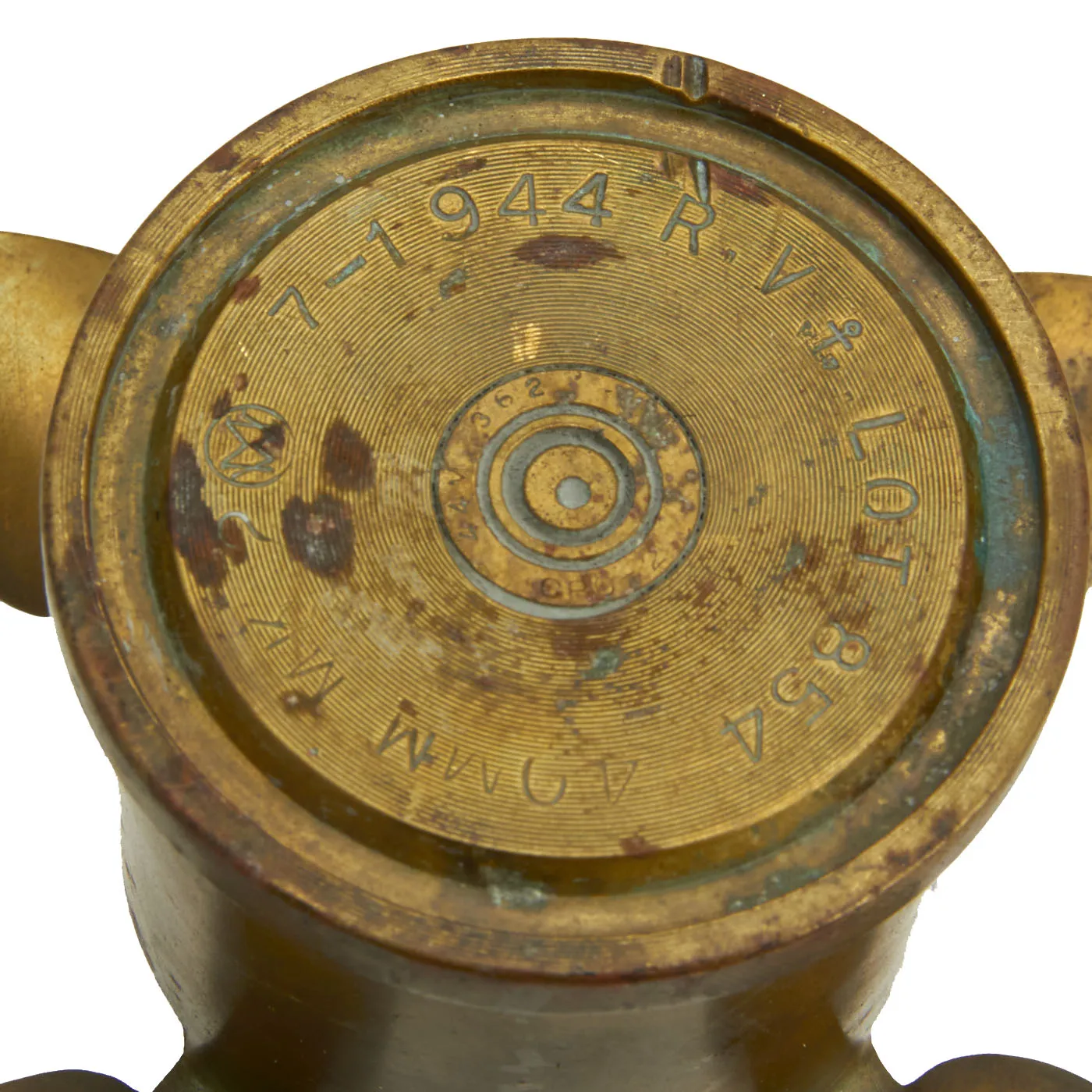
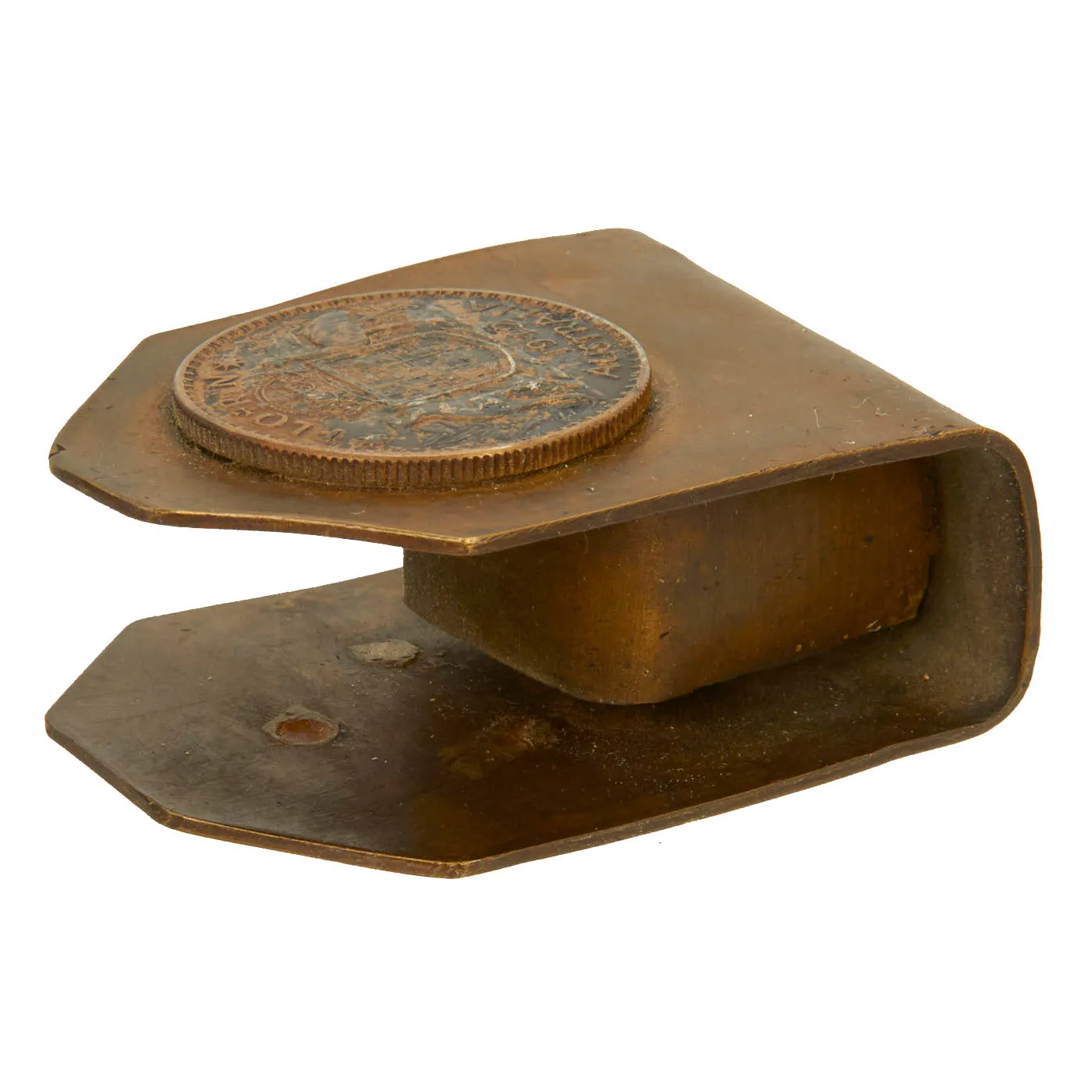
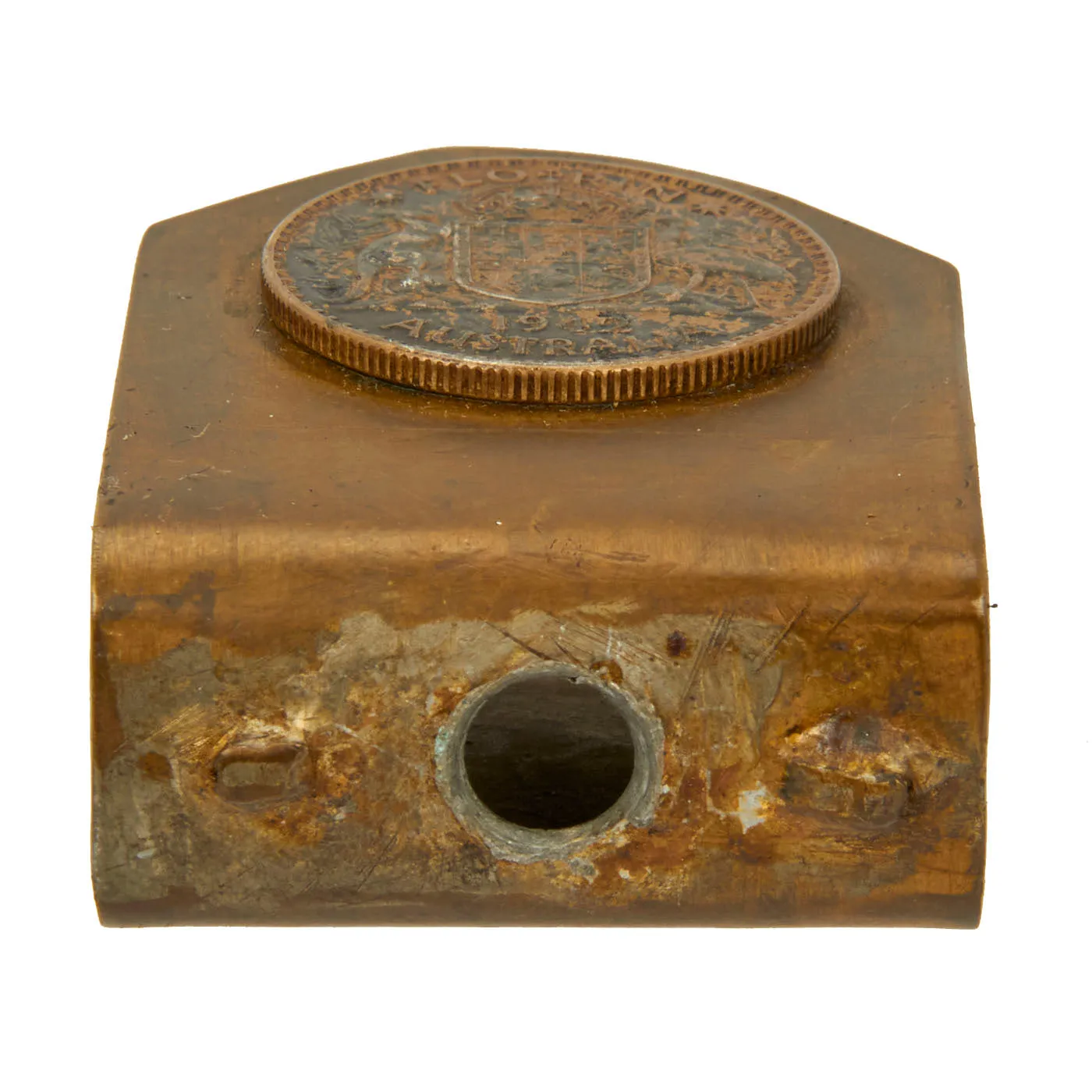
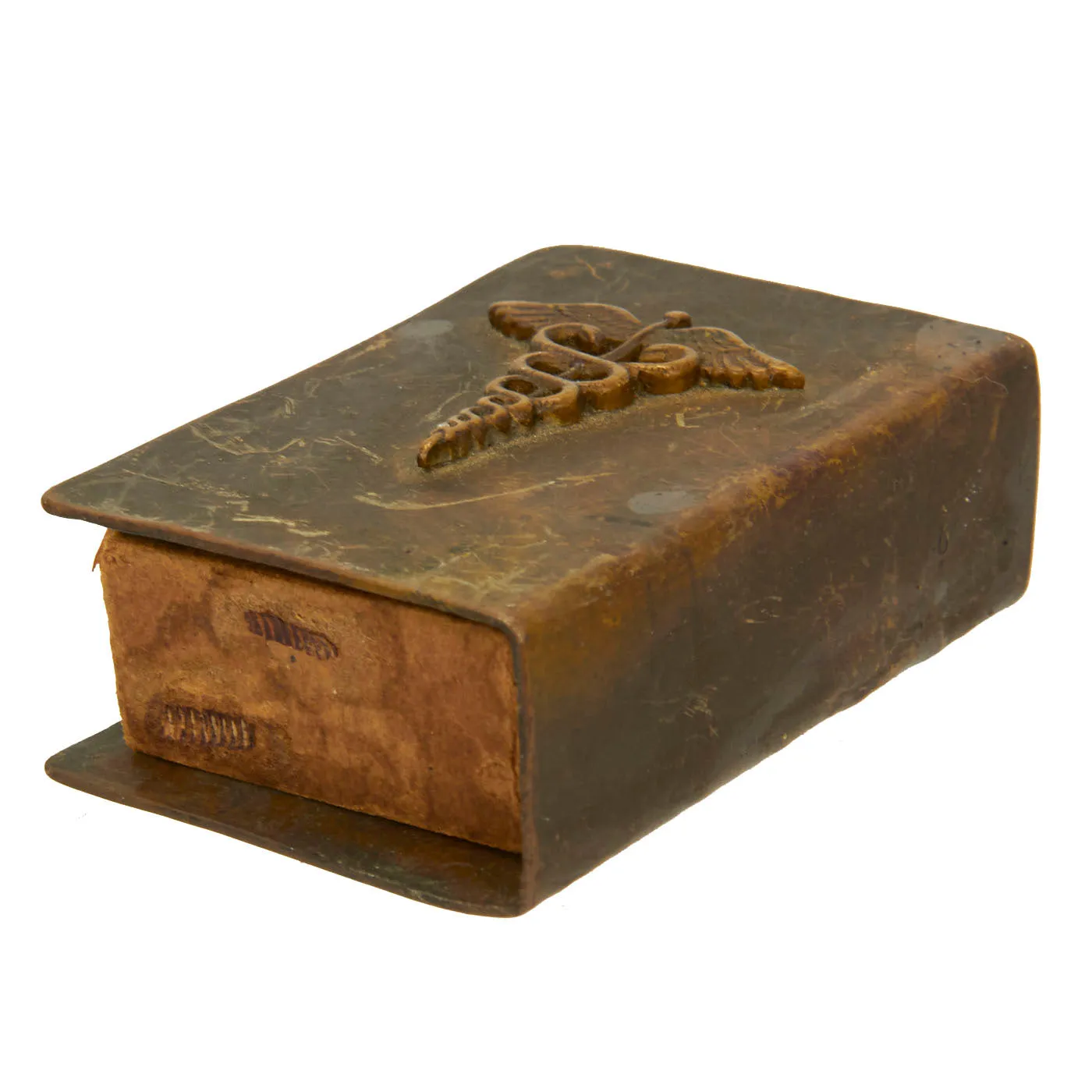
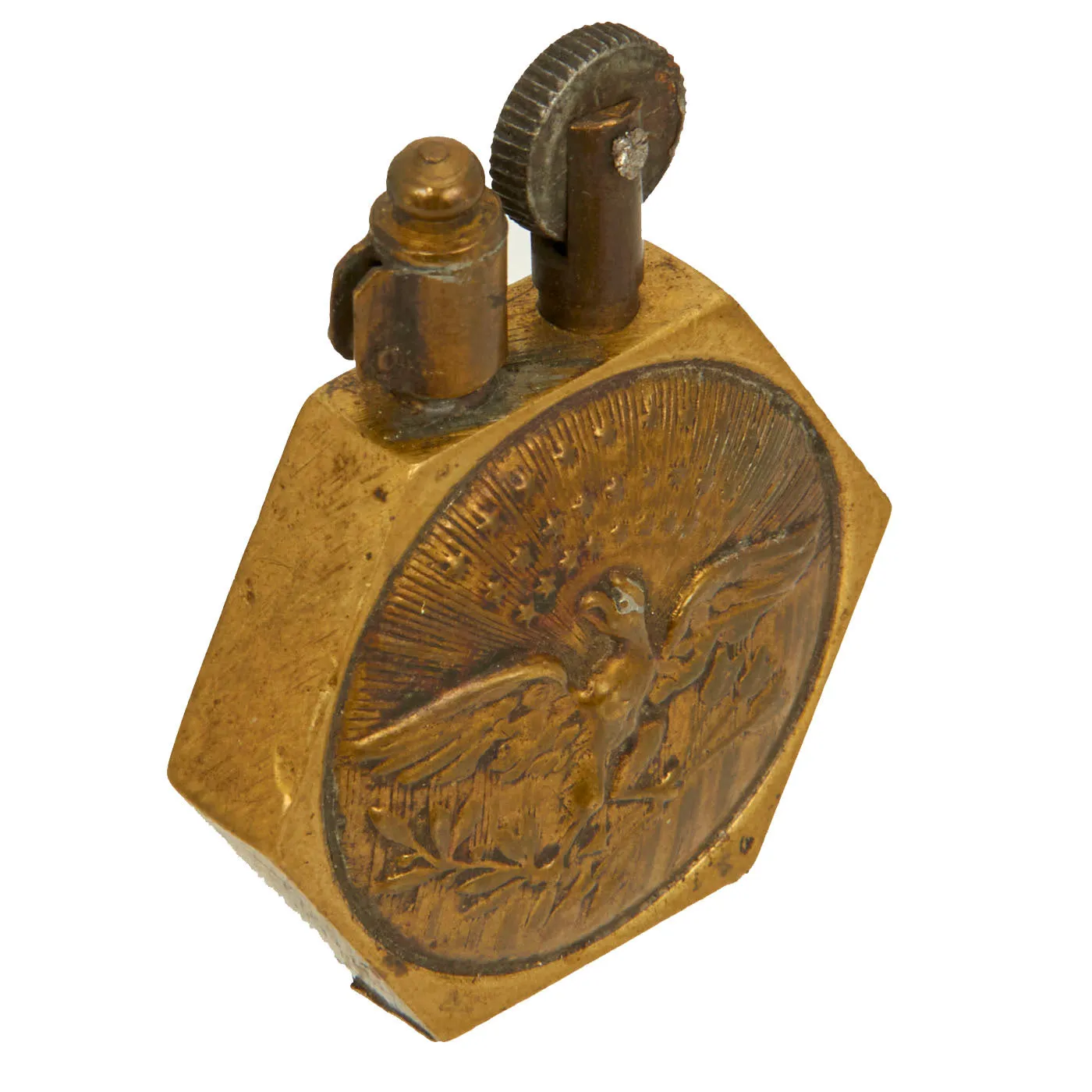




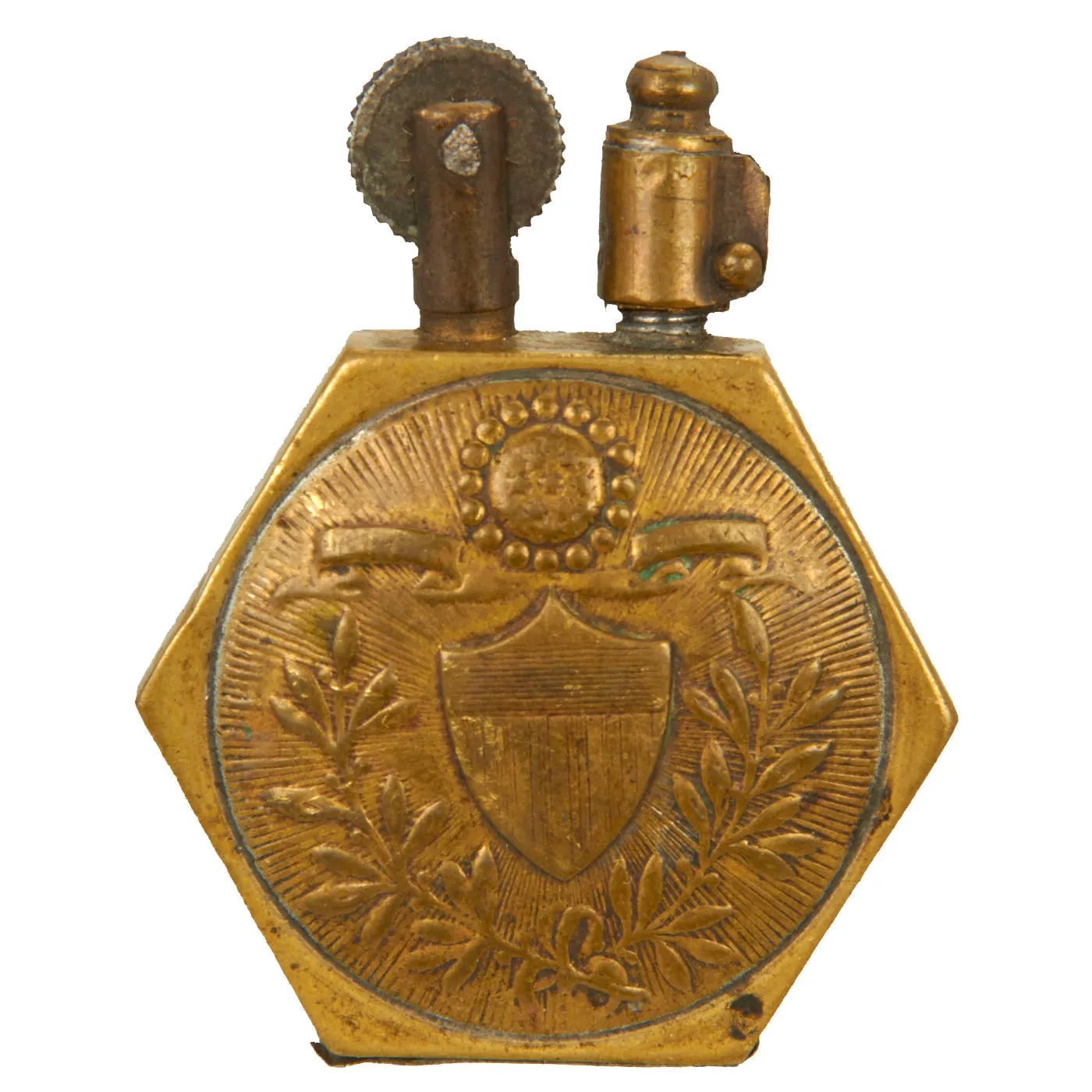
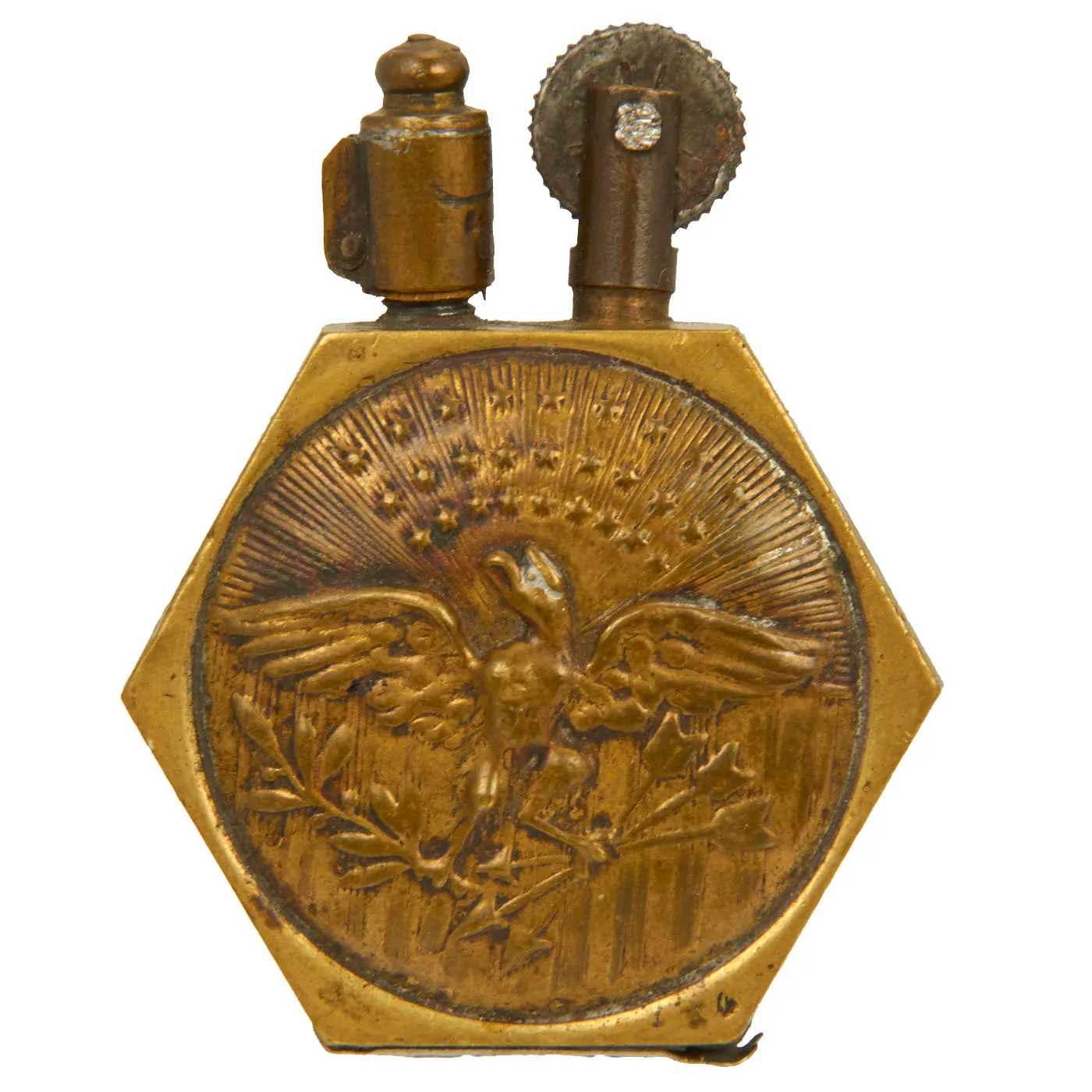
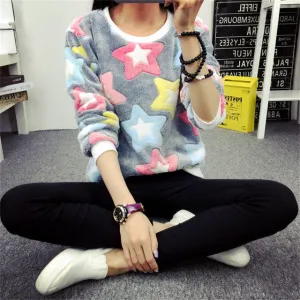
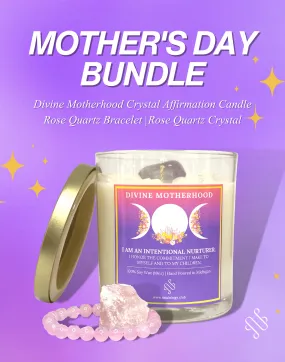
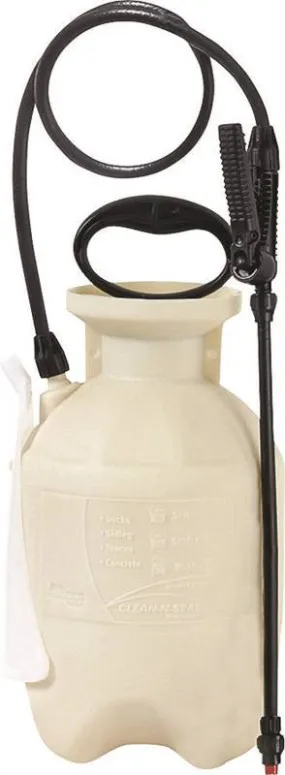

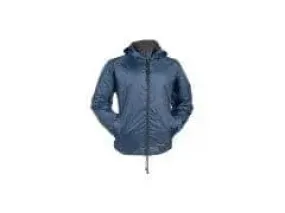
![Jeans Zip / Brass Teeth [145 Blue] Jeans Zip / Brass Teeth [145 Blue]](https://www.lacelaces.shop/image/jeans-zip-brass-teeth-145-blue_cem6hQ_285x.webp)
